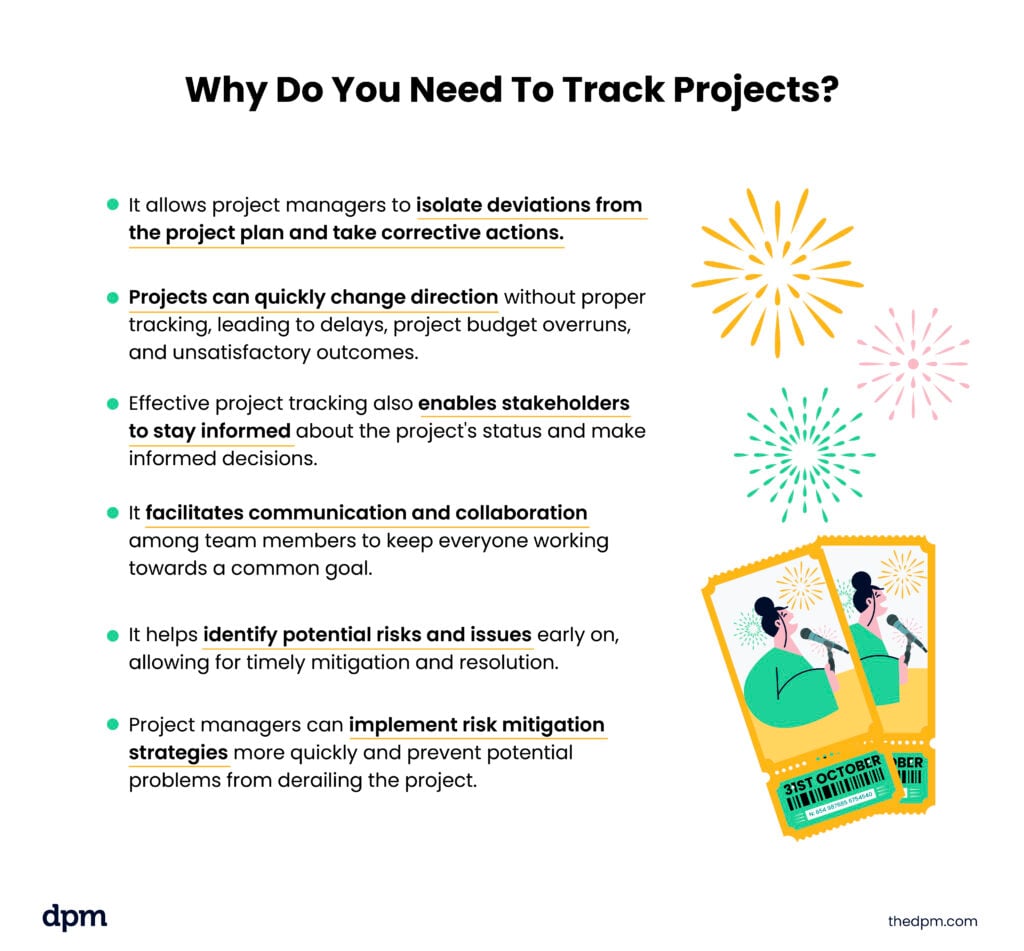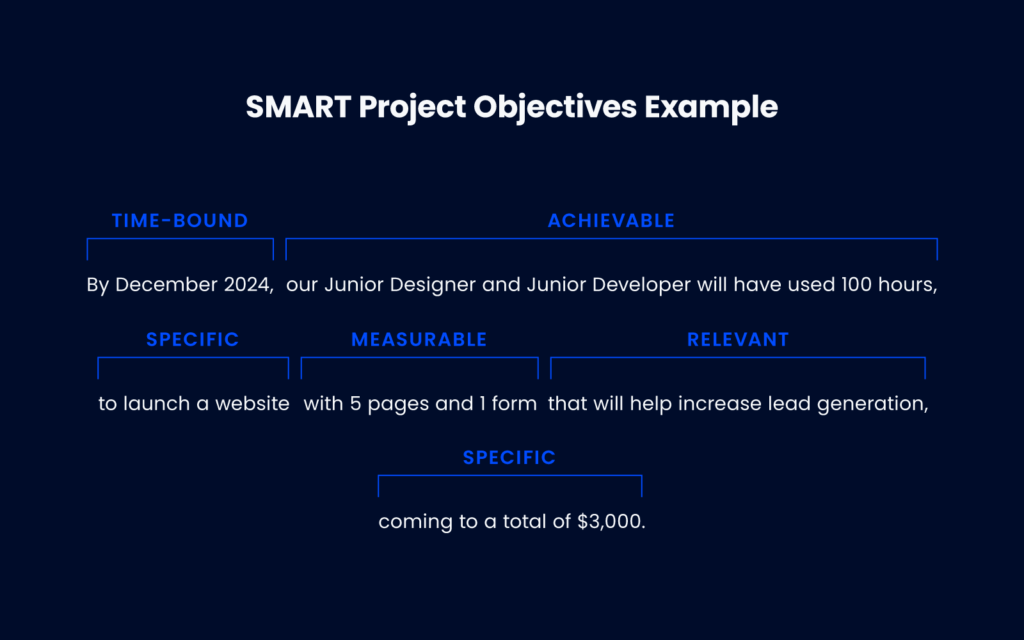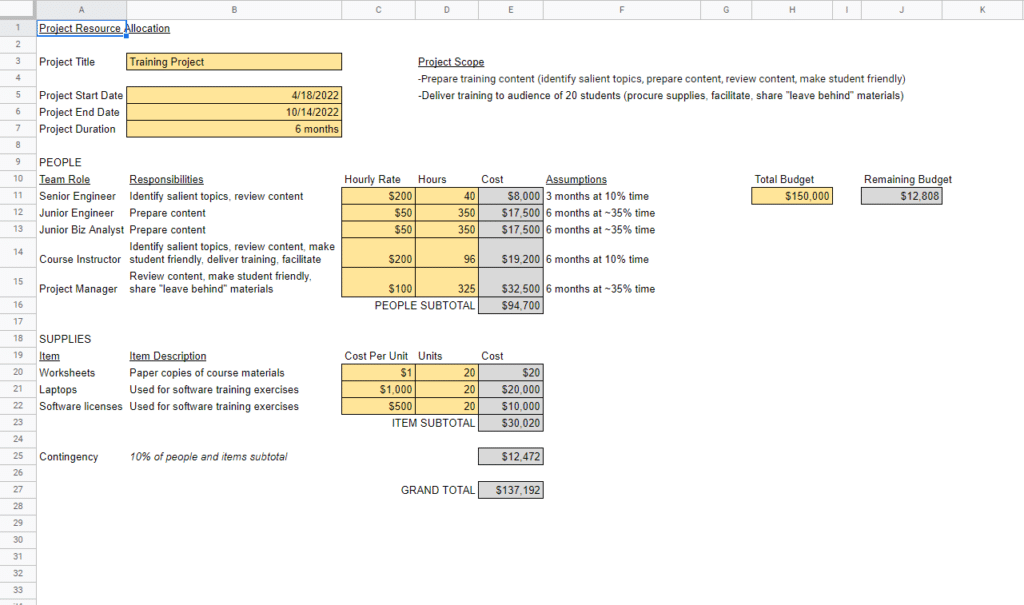Without a proper system for project tracking in place, your project is likely to end in failure—over budget, late, and not to the agreed upon scope.
In this article, I'll share an example of how ineffective tracking tarnished the reputation of one celebrity's highly anticipated concert. I'll also discuss why project tracking is vital, how to track projects effectively, what you need, and what to avoid.
What Is Project Tracking?
Project tracking is the process of monitoring and controlling various aspects of a project to ensure its successful completion. It involves tracking project progress, resources, costs, risks, and other relevant factors to keep the project on track and within budget.
Why Do You Need To Track Projects? Just Ask Taylor
Failing to track your project's progress can lead to many disastrous outcomes. When one of Taylor Swift's highly anticipated concert tours was announced, the demand for tickets was overwhelming.
Ticketmaster, the ticketing platform responsible for selling the tickets, faced significant challenges in managing ticket sales, and failed to accurately track and estimate ticket demand.
The ticketing system was overwhelmed with traffic and crashed repeatedly. This led to frustrated fans unable to purchase tickets, tarnishing the reputations of both Taylor Swift and Ticketmaster.
Avoiding disasters like the one at Ticketmaster is just one reason tracking is vital. Here are some other reasons.

How To Effectively Track Project Progress
To effectively track projects and avoid disasters like the Taylor Swift Ticketmaster debacle, it's essential to follow best practices and implement proven strategies by following these steps.
1. Determine Objectives & Deliverables
Clearly define project goals and objectives that are specific, measurable, achievable, relevant, and time-bound (SMART). These goals provide a clear direction for the project and serve as a baseline for tracking progress.
Make sure to identify specific project goals and validate each goal clearly. Accurately identify each deliverable. Be specific and clear about what the customer can expect and make sure it is agreed upon.

2. Define Project Milestones & Deadlines
Tracking milestones helps you gauge progress and identify any delays that need to be addressed.
- Break down the project into smaller milestones
- Set realistic deadlines and expectations
Here’s an example of the right and wrong way to set realistic expectations.
| Wrong | Right |
| XYZ Company will deliver approximately 2,000 cups by mid-December 2024. | XYZ Company will deliver the following to ABC Company by December 15, 2024, at ABC Company’s office.
|
3. Utilize Project Tracking Tools & Software
Invest in project tracking tools and software that streamline the tracking process and provide real-time insights into project progress.
Often built into project management software, these tools are used to increase automation when integrating with other systems and apps, saving time and reducing errors when it comes to data collection, analysis, and reporting.
4. Establish A Communication Plan
Develop a comprehensive communication plan that outlines the communication channels, frequency, and stakeholders involved. Regular and effective communication ensures that everyone is on the same page and minimizes misunderstandings. Make sure to do the following:
- Understand your project parameters
- Define communication goals
- Identify all stakeholders
- Define the frequency of communication
- Spell out all communication methods to be used
5. Monitor Resource Allocation & Utilization
You'll need to regularly track the allocation and utilization of project resources, such as your workforce, budget, and equipment. This ensures the project has the necessary resources and helps identify inefficiencies or bottlenecks.

Resource allocation should involve these steps:
- Determine project scope and required resources
- Determine resource availability
- Schedule and assign resources to tasks
- Track utilization and capacity
- Re-evaluate and adjust as needed
6. Regularly Review & Adjust Project Tracking Strategies
Project tracking is an ongoing process, and it's important to have regular check-ins to review and modify your tracking strategies based on project progress and changing circumstances. This ensures that your tracking methods remain effective and relevant throughout the project's life cycle.
5 Mistakes To Avoid
These are just some of the common mistakes that can lead to disasters. By understanding these mistakes, you can take proactive steps to resolve or avoid them.
Underestimating The Impact
The first mistake a project manager can make is underestimating the significance and impact of project tracking and moving ahead without giving it sufficient time and attention. Think of your project as a roadmap that needs to be followed closely to reach your destination.
If you don't know how your project is doing at any given moment, how can you tell if it's on track or where to adjust to avoid unintended consequences?
Tracking your project in real time gives you full visibility into how your resources, time, and quality aspects are on point or make changes ahead of potential issues.
Failing to Set Clear Goals
One of the most common mistakes is failing to set clear goals and objectives at the start of a project. With clear goals, it's easier to track progress and measure success, and meeting those goals is possible.
It's also important to define specific, measurable, achievable, relevant, and time-bound (SMART) goals that provide a clear direction for your project.
No Communication Plan
Another mistake is not establishing a proper communication plan. Effective communication is crucial for project success. Without it, misunderstandings and delays can occur. Establishing regular communication channels and ensuring all team members are on the same page is essential for effective project tracking.
Document and communicate project goals, risk strategies, project timelines, roles, and responsibilities with your project team and relevant stakeholders. This way, when changes happen, everyone can adjust faster, increasing the chance of project success.
Not Using Tracking Software
Relying on manual tracking methods can be a recipe for disaster. There are just too many moving pieces in a project, and resources or time are often limited. Using Microsoft Excel spreadsheets and manually updating progress can lead to errors and delays.
Investing in project management tools or using an automated project tracking template to simplify task tracking significantly streamlines your tracking process and provides everyone with real-time insights into project progress.
Failing to Prioritize Tasks
Unfortunately, not every task is a top priority, and not every stakeholder will agree on priorities. Understanding the project goals and resourcing limitations can help you isolate which tasks should be prioritized and in what order.
Tools For Project Tracking
Utilizing the right tools and software to streamline the process and provide real-time insights is essential. The best project management software and tools offer these benefits.
- Better risk management: It allows project managers to identify potential risks quickly and pivot much faster. Project tracking also involves determining the downstream impact of risks and strategies and communicating project information with other stakeholders before things get out of control.
- Increased productivity: Providing a centralized platform for task management, resource management, and progress and time tracking makes teams more agile. Project tracking software also ensures everyone on the team has eyes on the project schedule. This improves team collaboration and eliminates disruptive status update meetings.
- Better transparency: With real-time updates and notifications, stakeholders can easily see the progress of each task, and you can quickly identify any bottlenecks. This keeps your projects on track while encouraging accountability among team members.
- Enhance Reporting: Project tracking software can help you generate detailed reports and visualize project data. You can gain valuable insights into your team's performance, identify trends, and make informed decisions to optimize your processes.
Effective project tracking is crucial for scope management and project success as a whole. If you can accurately track each project element, you're less likely to experience scope creep and more likely to deliver the outcomes you promised.
Features To Look For
If you're evaluating project tracking software, look for features that best meet your organization's needs as you scale. Here are some key ones.
Task management
Project tracking software should include task management through a centralized platform that helps you organize workflows, assign project tasks to team members, set due dates, and track tasks and progress.
Task management should allow you to do these things:
- Easily create and assign tasks, set a task list, and change tasks and subtasks
- Prioritize tasks and update the project schedule
- Set and change dependencies
- Get a clear overview of the task status
- Allow stakeholders to see what needs to be done and when
Collaboration and communication
Effective collaboration and communication are crucial for successful project management. Look for project tracking software that has these features.
- File-sharing capabilities
- Real-time document updates
- Version control
- Commenting features
- Real-time collaboration
- Multi-channel communication
Reporting and analytics
Robust reporting and analytics capabilities are also critical. Look for software that allows you to generate detailed reports, visualize project data, and track key metrics. The software should offer the following:
- Standard reports covering project progress
- Customize reports based on specific needs
- Flexibility to focus on the metrics that matter most
- Visualizations such as charts and graphs to identify trends and patterns
- Options for exporting data
Integration and scalability
You should also look for integration capabilities and scalability. Project tracking tools should easily integrate with other tools or systems for seamless data transfer. Scalability is also important to ensure your business can grow with your organization and accommodate increasing project complexity. The software should be able to do this:
- Handle complex projects or teams of any size without sacrificing project performance
- Provide mobile accessibility so teams can work seamlessly from anywhere, anytime
Also, look for features like Gantt charts and dashboards that can be customized to roles and permissions.
Join For More Project Tracking Insights
Want to connect with other digital project managers to share resources and best practices? Join our membership community and get access to 100+ templates, samples, and examples, and connect with 100s of other digital project managers in Slack.


